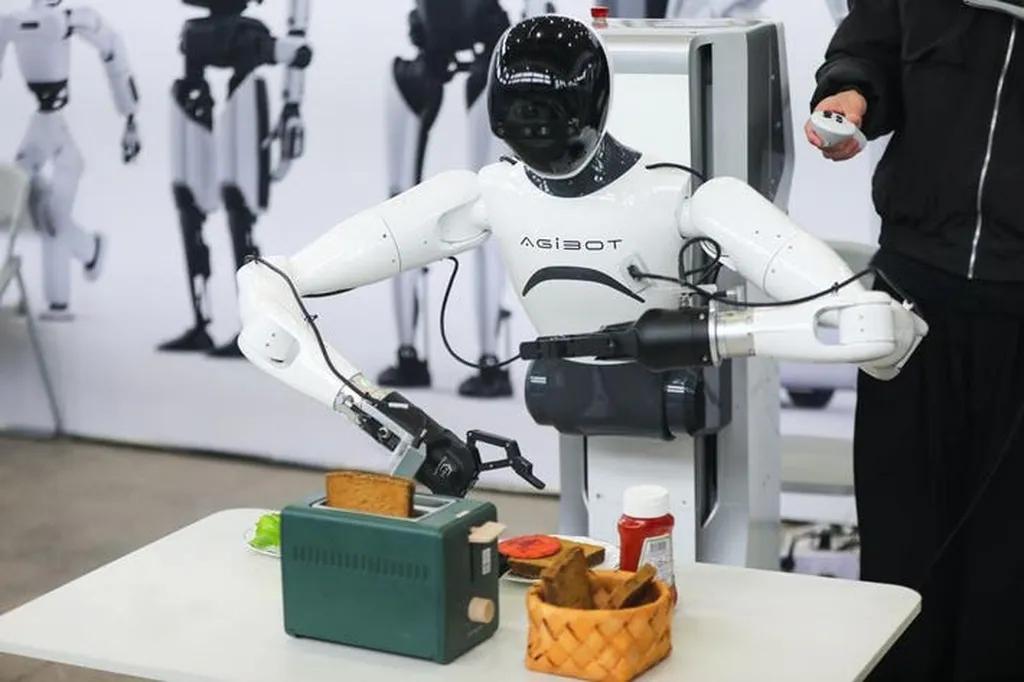In the heart of California’s Central Valley, a groundbreaking study is reshaping how dairy farmers predict milk yield, potentially saving them time and resources while enhancing precision dairy management. Led by J. Hooker from the Department of Animal and Dairy Science at the University of Georgia, the research, published in the Journal of Dairy Science (or as it’s known in English, the Journal of Milk Science), delves into the intricate world of automatic milking systems, behavioral data, and environmental factors to forecast short-term milk production.
The study, conducted on a commercial dairy farm in Chowchilla, California, collected a trove of data from 1,312 lactating cows. This included information from automatic milking systems (AMS), rumination collars, and local weather stations. The goal was twofold: to understand the relationships between these variables and to assess how different data combinations could improve milk yield predictions using machine learning methods.
Hooker and his team discovered that heat stress, measured by the temperature-humidity index (THI), had a significant impact on milk yield, rumination time, and milking frequency. “Elevated THI reduced milk yield and rumination time but increased electrical conductivity and activity,” Hooker explained. “This indicates a detrimental impact of heat stress on these traits.”
The researchers found that integrating behavioral and environmental data significantly improved prediction accuracy. “In the absence of historical daily milk yield (DMY), combining collar and weather data increased the average coefficient of determination (R2) from 0.263 to 0.396 and reduced the mean absolute error (MAE) from 5.886 to 5.337 kg,” Hooker noted. This means farmers can make more informed decisions even when historical data is scarce.
The study also highlighted the importance of historical DMY data. Including previous DMY yielded the greatest gains in prediction accuracy, with an R2 of 0.827 and an MAE of 2.69 kg. However, additional AMS, collar, and weather data still played a crucial role in reducing prediction errors.
So, what does this mean for the future of dairy farming? The integration of sensor-based monitoring and machine learning algorithms can enhance precision dairy strategies, leading to more accurate forecasting and better resource management. This research could pave the way for more efficient and sustainable dairy operations, ultimately benefiting both farmers and consumers.
As the dairy industry continues to evolve, studies like this one are crucial in driving innovation and improving farm management practices. By leveraging technology and data, farmers can make more informed decisions, optimize their operations, and ensure the well-being of their herds. The future of dairy farming is here, and it’s data-driven.

